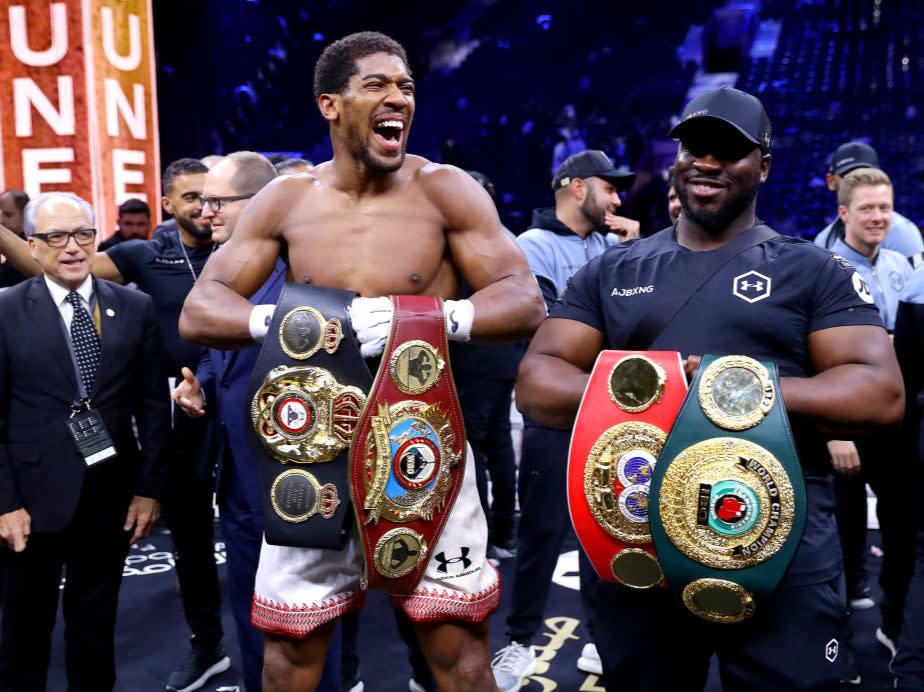Ask Kim Kierkegaardashian is an advice column by a mashup of the nineteenth-century existentialist philosopher Søren Kierkegaard and the reality star and fashion maven Kim Kardashian West. Are you suffering an existential crisis? Vexed about what to wear? Send your questions to [email protected] (or address them to @kimkierkegaard on Twitter). Questions may be edited for clarity and length.
Dear Kim Kierkegaardashian,
I recently lost all my photos from the past two years or so. I feel silly because this shouldn’t happen in 2020.
I’ve tried my best to move beyond sadness by practicing mindfulness and gratitude. I recognize the privilege that is embedded in this and tell myself that, with all of the calamities in the world, my problem barely registers. And yet, I can’t help but feel a little sorrow every now and then, and I think about the loss often. Perhaps it would not have hit so hard if it hadn’t occurred when what we now refer to as the “Before Times” also seem lost.
I used photos as a visual diary, and looking through them served as my coping mechanism early in the pandemic, when nostalgia set in. It’s not the photos of milestones that I miss so much as the photos of quiet moments (a mirror selfie or two), a moment here and there when I felt glamorous and beautiful. I’m not sure why, knowing how much I valued them, that I didn’t take better care of them.
Perhaps you could offer some perspective?
Signed,
Paradise Lost
Dear Paradise Lost,
Unfathomable loss is one of the hottest styles of 2020, so at least you’re on trend. But it’s a hard look to pull off. Whether it’s two years of photos, those final five pounds, or your faith in an orderly universe, the art of losing is very hard to master.
Even I haven’t figured it out. For years, a video crew documented my every move. I wrote a book to memorialize my D.M.s and tweets, so that one day my writings could be closely studied. And my Instagram is full of selfies documenting my glamorous despair and all the looks I’m desperate to hold onto. (Incidentally, I love duck lips for selfies, because they accentuate my lips and cheekbones and because, like ducks, we have wings with which to soar yet are content to waddle.)
But in a sense, it’s all for nothing. Loss and change are bouncers who toss you out of the club of life come daybreak, regardless of how famous you are. You can’t even bring your memories with you. Part of the pain of loss—even a loss as technologically contingent and quotidian as an erased phone—is that it gives us a hint of the final hard-drive crash in store for us all.
However, that which makes it painful also makes it useful. The sting of loss forces us to confront how tied we have become to the merely temporal and gives us a chance to recalibrate that attachment. Everything you own and everything you love is like a Harry Winston diamond-cluster necklace—strictly on loan for your brief walk down life’s red carpet. More things have been lost than can ever be accounted for, from the Library of Alexandria to the innocence of youth. Nothing can change that—not even re-creating your childhood home and every car your parents owned when you were a kid, complete with the same vanity license plates, and arranging the cars in the same order in the driveway as they were parked when you were little. The past is still irrecoverably lost. The “Before Times” have gone the way of flip phones and skinny jeans.
Loss and change are features of our existence—features, not bugs, as our Silicon Valley overlords might put it, the same overlords who coaxed us to memorialize our every living moment on cell-phone cameras in the first place. Hard drives inevitably crash, people inevitably die, and I inevitably can’t remember where I parked my Mercedes-Maybach sedan, painted matte Cashmere White, and end up having to buy a new one.
So try to separate the loss of your photos from the self-inflicted despair that you feel as a result of it. Have you heard the parable of the two dumbbells? A philosophy student was working out with ten-pound dumbbells to get Michelle Obama arms for tank-top season. The student accidentally dropped one of those weights on her toe and cried out in pain. Then she took the second dumbbell, flung it on the same toe deliberately, and collapsed in screaming agony.
The first dropped dumbbell is the initial loss of your photos. The second, intentionally flung weight—more painful than the first—is the self-inflicted pain of dwelling on the loss.
Stop hurling that dumbbell at your toe, and instead get back to doing what your photographs captured you doing in the first place—savoring the moments of life. Pose for new selfies, instead of rueing the selfies you’ve lost. Consider how your photographs have not disappeared, per se, but been transformed into memories, into a letter to an advice column, into grist for the mill of understanding existence—like a beloved pair of jeans reworked into patches of a quilt. Ponder the innumerable works of art that have been inspired by losses great and small. Think of how the photographs you take now will be richer for being infused with the knowledge that they may not last forever—they will one day return to electronic dust, to that mysterious, impenetrable cloud to which all things get uploaded.
Now form your duck lips, and click.
(And then, you know, back up your hard drive.)
XOXO
Kim Kierkegaardashian








